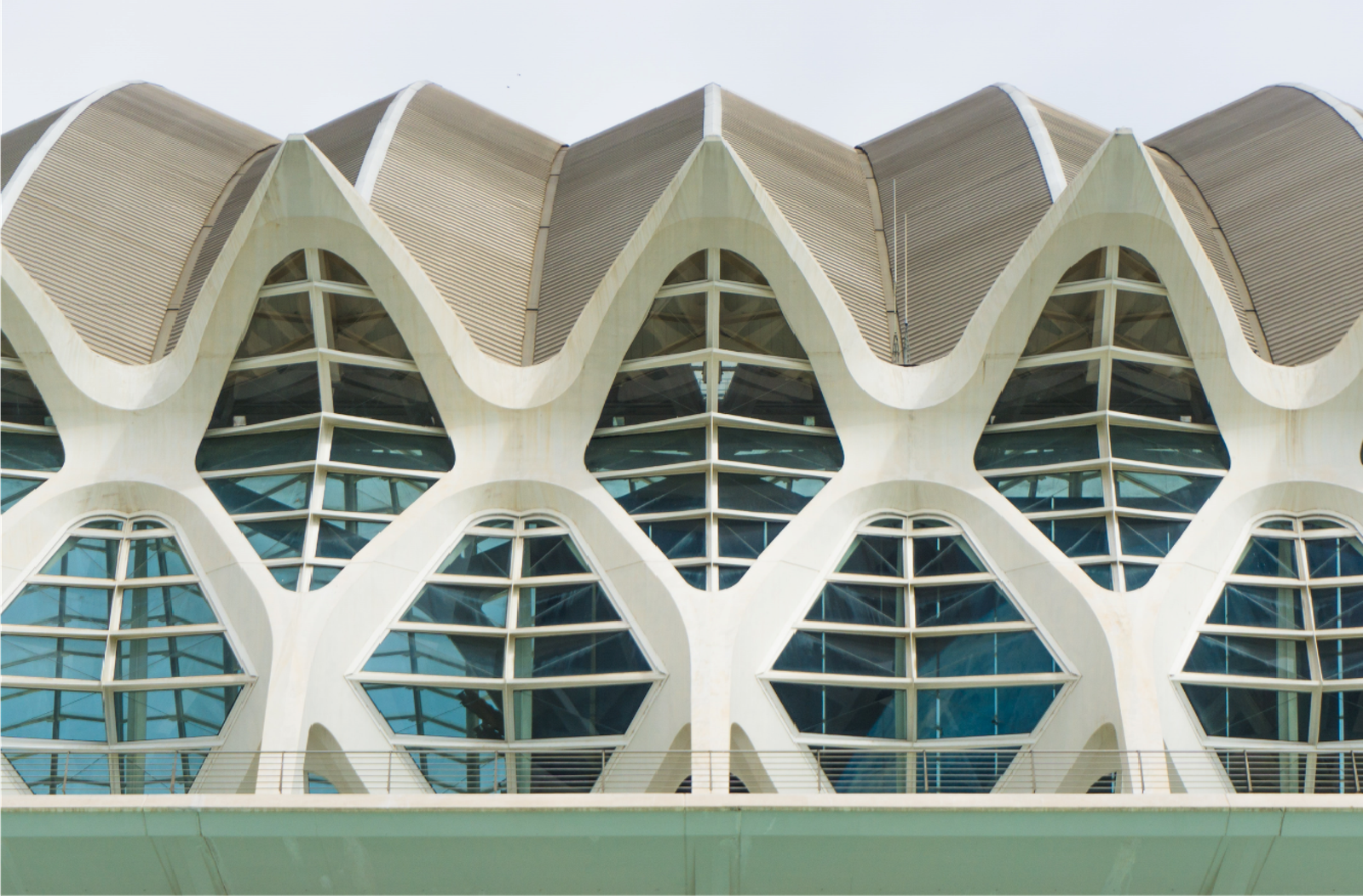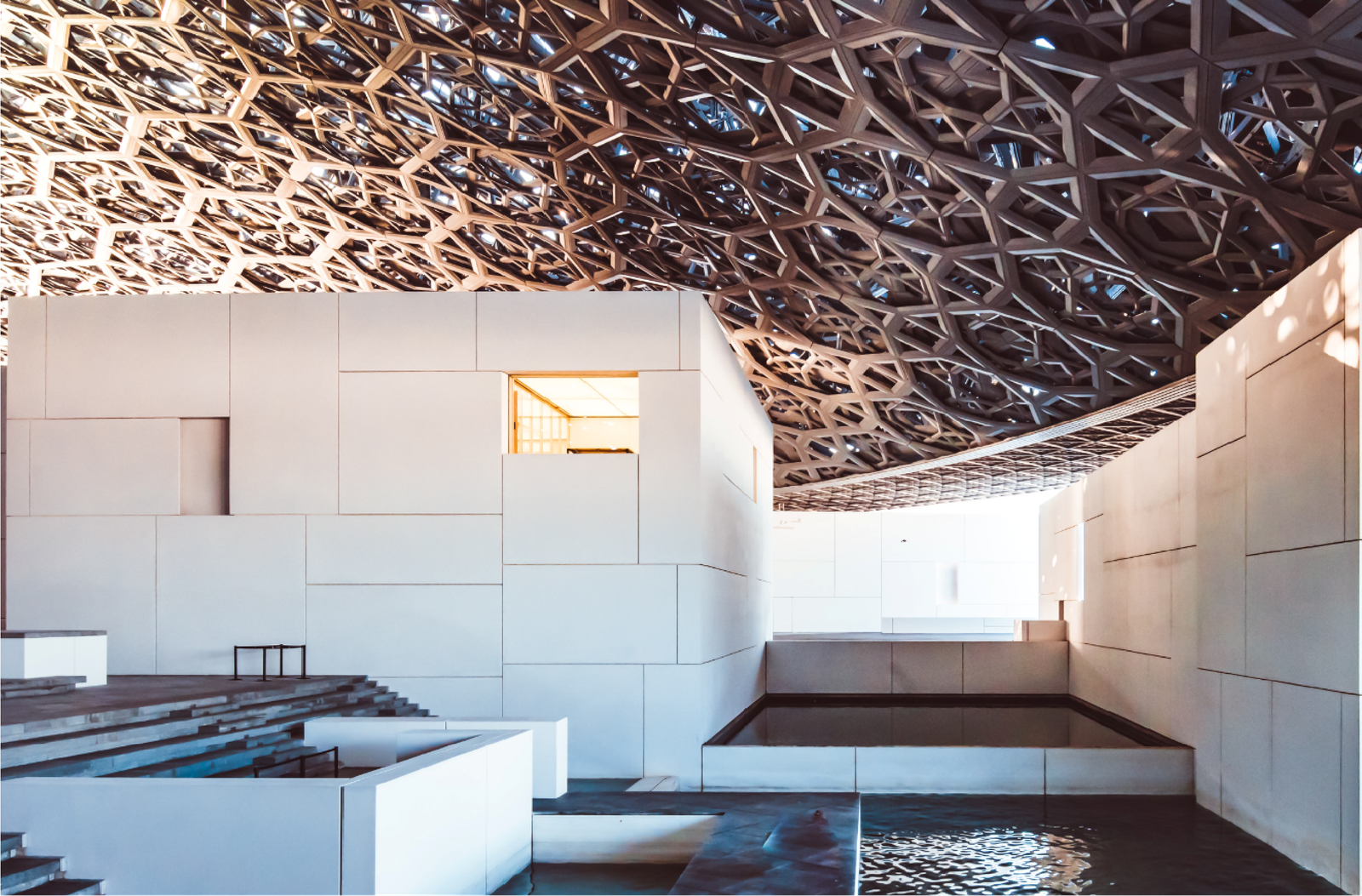Generative design is an advanced method that involves a program that generates a number of outputs based on certain constraints. A designer can make changes in the provided values of an interval system and a variable works with the set of constraints, which provides you which many design options. The program helps in quickly generating optimal structural solutions with the given database. More complex forms can now be explored making us move beyond the structural issues.
Thinking the Impossible
Every day new styles, designs, and innovations are introduced in the field of designing; we can now approach the new concept of parametric design which comes from generative art. Many methodologies have been developed through this design approach: a whole new parametric modeling system is introduced to the architects and engineers, which accelerates the designing process. Many famous buildings have been designed with the help of the generative process, for example, many futuristic works of the renowned architect Zaha Hadid are based on this approach.
A generative approach has developed naturally with the development of the digital landscape and designers of new generations. A natural and logical evolution in architecture has resulted in CAD designing and BIM dimensions. It changes the way space and time are conceived which directly have deep effects on architecture. It is extremely important to maintain the balance between design and the control of structures, the new interactive methods explore new levels of human creativity.

The Concept of Generating Art
Generative art is a computer tool that helps in developing concepts, create unthinkable ways to develop unique and non-repeatable events. Generative design helps in creating the system which leads to designing a building out of human’s own creativity, in other words, it aims towards the design process, not the final result. Generative design synchronizes mathematics, geometry, and architectural fundamental into a design process, providing several points of view altogether.
A piece of architecture is not just supposed to be ornamental; the design is expected to have thermal resistance, structural performance, energy-efficient, effective construction process working altogether. The generative design considers all these factors and offers the design process new opportunities with collaborative design strategies.
Changing the phase of Architecture
Computer-Aided Design (CAD), Building Information Modeling (BIM), 3D printing, augmented reality, virtual reality, computational design are the new generation of architecture with Generative art as the new movement in the field of designing. Expects suggests that there is no need to worry about the impact of computational design upon the livelihood of architects, as it is only the role of humans to make decisions when it comes to spaces, styling, aesthetics of a building.

The introduction of generative design, however, might change the role of architects, people working in the field will expand their skills and take full advantage of the power offered by the latest technology. The designed scheme reduces the amount of unnecessary material used in construction, making it a more effective resource and reducing finances.
Design and construction industries are actively transforming from digital to computational designs with improved outcomes. Generative designs are becoming very important; the process can create solutions to complex problems along with alternative approaches, making it the very best option for future architects.

